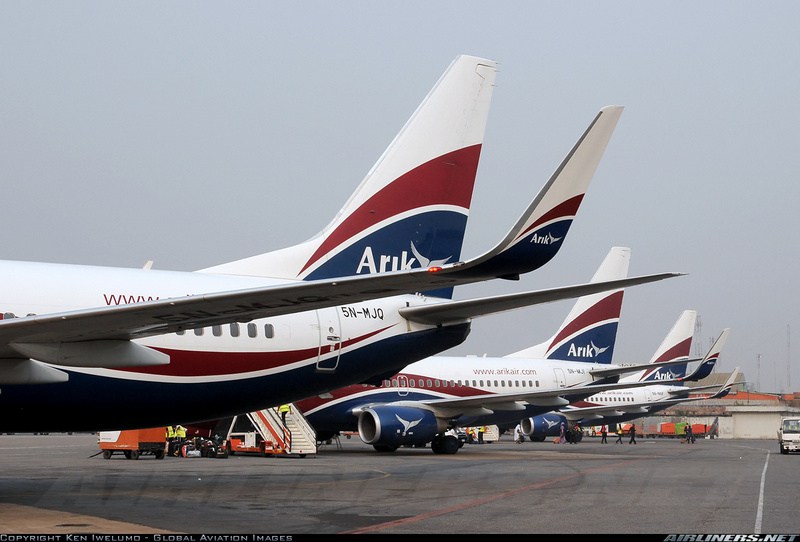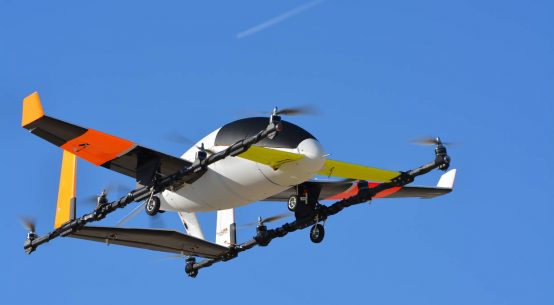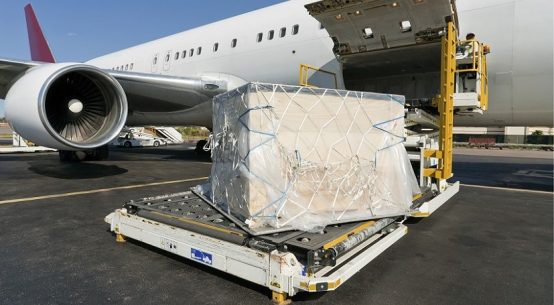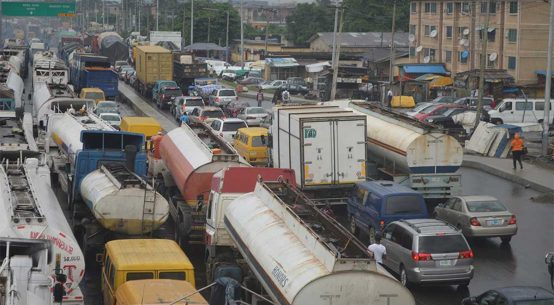The President of the African Development Bank, Femi Adesina, and aviation practitioners have lamented that excessive charges and taxes imposed on African airlines by the continent’s governments and organisations are making them bleed and killing some of them.
They were speaking at Abuja at the just concluded World Aviation Forum (WAF) organised by the International Civil Aviation Organisation (ICAO).
Imagine your Ad placed here
Adesina who made a presentation at the forum believes that the continent’s carriers especially airlines in Nigeria were over-regulated by the Nigerian Civil Aviation Authority (NCAA) and insisted they could compete with any airline in the world.
His view was supported by Chairman of Air of Air Peace, Mr. Allen Onyema, who disclosed to journalists that operators on the continent especially airlines in Nigeria pay spurious taxes and charges to government agencies, State Governments and organisations, stressing that unlike in other parts of the world where their airlines were given leeway to boost their operations, the reverse was the case in the country.
Adesina said the region loses about 80 percent of its market to foreign airlines because over taxation and regulation make their services costly when compare to foreign airlines.

He said: “The cost of air travel in Africa remains exorbitantly high and is 200 percent more than costs in the European Union and 250 percent higher than in India for similar distances.
“A big part of this is the very high taxes, fees, and levies that are charged in Africa. For example, it costs $128 to fly between London and Rome, but $597 to fly between Abidjan and Niamey, a shorter distance. And just to go from Johannesburg in South Africa to next door neighbour Lilongwe in Malawi, the cost is $406, which again, is a much shorter distance than from London to Rome.
“If you require another example of this serious imbalance, consider for a moment that taxes paid for a Lagos to Kinshasa ticket amounts to $397 which is 300 percent higher than the total air travel costs between London and Rome. And that’s just the taxes alone.”
Onyema agreed with the AfDB’s helmsman’s position that the continent’s carriers especially airlines in Nigeria were over-regulated by the Nigerian Civil Aviation Authority (NCAA) and insisted they could compete with any airline in the world.
Although he frowned at the emphasis and negative comments on their weaknesses, which he said affected insurance premiums paid by African airlines, impacts negatively on their performances and financial resources.
He revealed that on the average, Nigerian airlines pay at least $2.8m for C-Checks of aircraft while their competitors could carry out such maintenances for a mere $500, 000, adding that insurance premiums paid on aircraft is quadruple of what legacy airlines pay around the world.
The ADB President also cautioned African governments, that their aviation growth is held back by very restrictive regulatory environments which limit market size, profitability, and drive up costs, noting that a study by the International Air Transport Association (IATA) shows that liberalising aviation markets through open skies for 12 African countries alone would increase annual GDP by $1.3 billion and create an additional 150,000 jobs, remarking that essentially, open skies meant more jobs and increased trade and investments.
“Air transport promotes trade, investments and tourism, and boosts economic growth. Today, Africa’s aviation industry adds $73 billion to the continent’s annual GDP and employs about seven million people – an average 130,000 people per country in Africa. And that’s a lot!,” Adesina said.
Follow us on TWITTER for more Logistics News Follow us on FACEBOOK for more Logistics News
He noted that with rapid economic growth, increasing population, urbanisation and income growth for the middle class, the aviation industry is projected to grow by five percent annually for the next 20 years, adding that from serving 120 million passengers in 2015, the industry would triple and serve over 300 million passengers by 2035.












